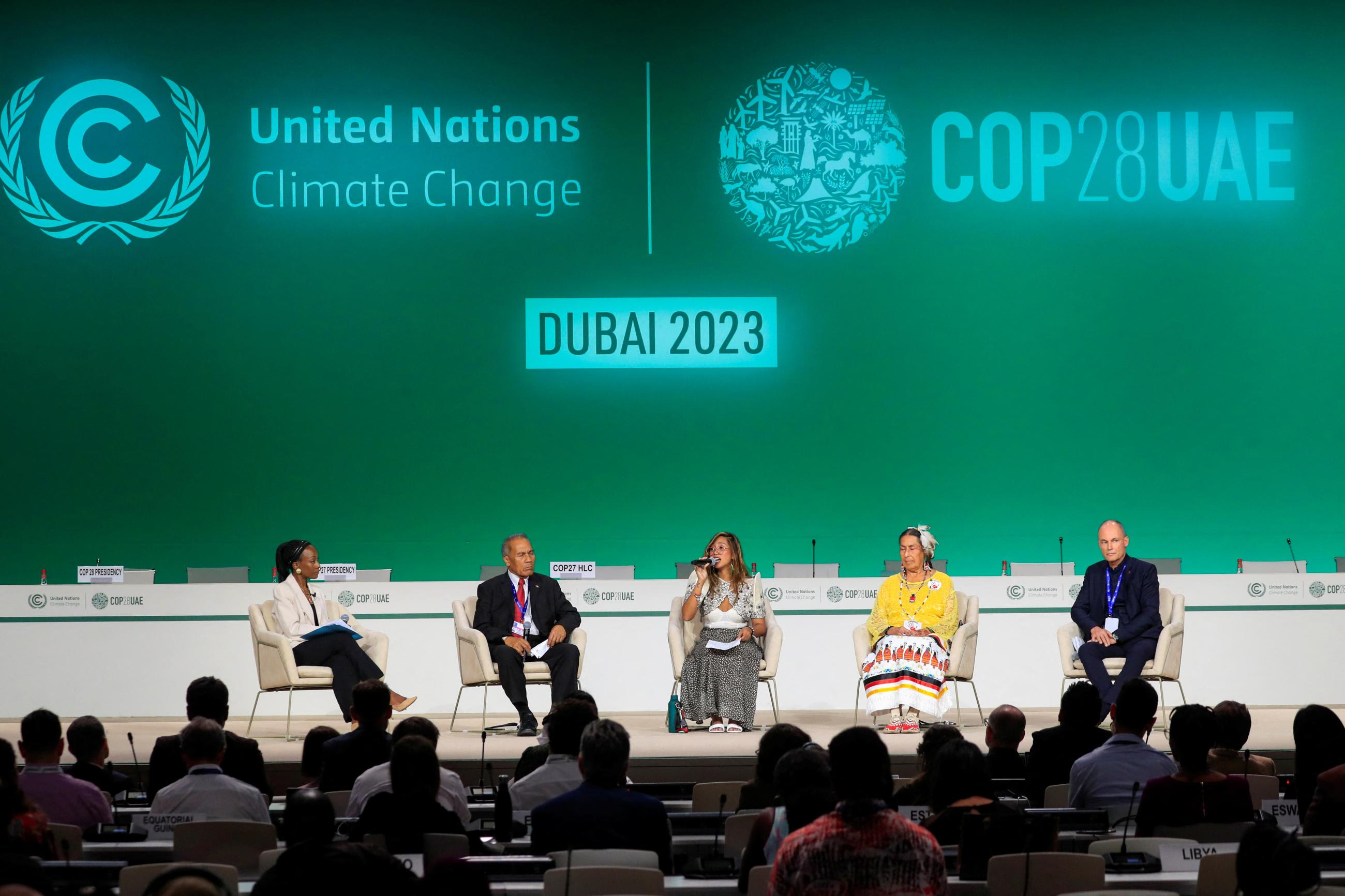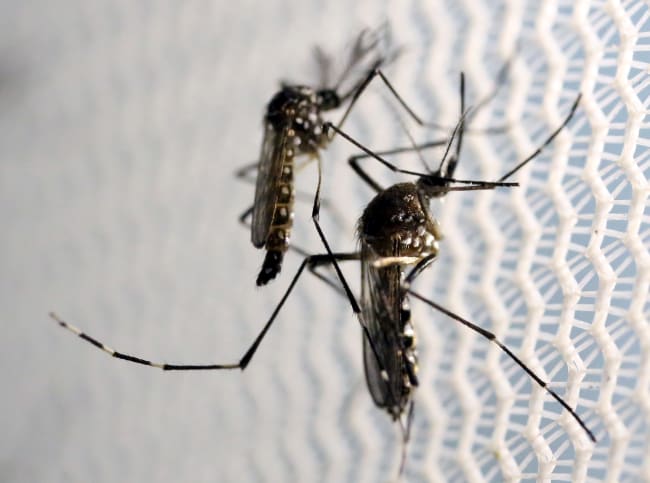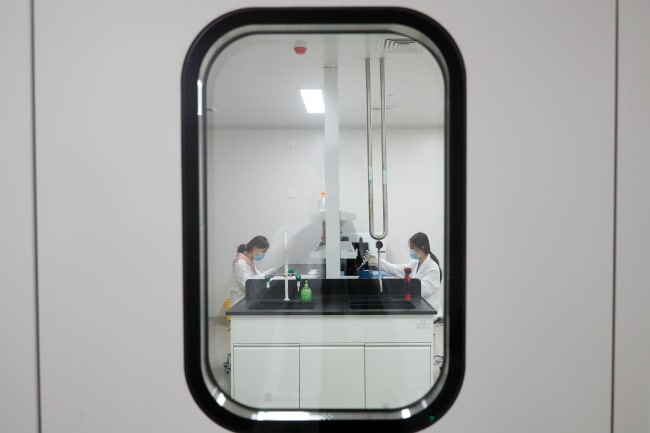It is no wonder that the health sector has become a leading voice in the fight against climate change.
The global emergency is imperiling the well-being of humanity through the increase of water-borne and vector-borne diseases, rising heat and air pollution-related deaths, and the reduction of food security. In 2023, fueled by El Niño and climate change, the world experienced the warmest year on record and global dengue outbreaks increased in number, sprouting in areas where the mosquito-transmitted disease had not previously been reported.
Those negative health consequences put pressure on health care as medical facilities and providers become overwhelmed with additional patients and increasingly seeing diseases that were not endemic in their communities. Climate change can also damage and close health-care facilities due to floods, hurricanes, and wildfires.
Those disasters can lead to power outages for essential medical equipment and road closures and transportation issues that leave health professionals unable to reach their patients. One recent study estimated that 1 in 12 hospitals worldwide would be at risk of total or partial shutdown by the year 2100 if temperatures were to increase by 4.3 degrees Celsius relative to pre-industrial levels. Most of these facilities are in low- and middle-income countries.
In the face of that future, the health-care sector is increasing its understanding of how its activities contribute to climate change. The sector's pollution has remained fairly steady. In 2019, the Health Care Climate Footprint report estimated that the health sector worldwide contributed about 4.4 percent of all greenhouse gas (GHG) emissions. Since then, the Lancet Countdown estimated in 2022 that it was 5.2 percent, and, in its latest 2023 report, 4.6 percent.
If the health sector were a country, it would be the fifth largest emitter of greenhouse gases
That portion seems small, but if the health sector were a country, it would be the fifth largest emitter. Little research has measured how the sector's emissions directly influence health, but the Lancet Countdown's 2023 report calculated that health-care-associated pollution from ozone and fine particulates—which can increase the risks of heart disease, asthma, and low birth weight—contribute to about four million years of healthy life lost per year. That burden does not discriminate by country or region, and even though the highest emissions come from higher-income countries, the effects can be felt by the most vulnerable populations.
The Health Sector's Response
A pivotal moment arrived in 2021 when the COP26 Health Program launched in Glasgow, Scotland. This framework, developed by the World Health Organization, the COP26 presidency from the United Kingdom, the United Nations Framework Convention on Climate Change (UNFCCC), and Health Care Without Harm aims to support countries in achieving climate resilient and low carbon sustainable health systems.
To aid decarbonization, countries voluntarily commit to deliver baseline assessments of their health sector's GHG emissions and develop low-carbon health-system roadmaps. Countries with high ambition and high emitters set target dates for achieving net zero emission health systems. To support resilience, countries volunteer to conduct vulnerability and adaptation assessments of their health sectors that are used to develop a health national adaptation plan and deliver funding.

At COP26, 52 countries committed to decarbonizing or working toward resilient health systems, and the vast majority committed to both. That initiative has since evolved into the Alliance for Transformative Action on Climate and Health (ATACH), a community of practice that provides technical assistance and a learning network and platform to the now more than 80 countries that have made COP26 Health Program commitments and the institutions that support them. In December, at COP28, those commitments were solidified through a health declaration signed by more than 140 countries.
This commitment from national governments is also happening in subnational and private health systems, which is key in countries that have diverse health systems and where decentralized systems allow regions or states to have decision-making authority. The UNFCCC's Race to Zero campaign has reached 14,000 hospitals, and health centers in 26 countries committed to half their emissions by 2030 and become net zero by 2050.
What Happens Next?
Despite the commitments to net zero health systems, it is unclear how to achieve them. Even if more research and innovation are needed to decarbonize, paths could manifest differently across countries with varied emission profiles. What is certain is a majority of health sector emissions come from energy use through the demand for fossil fuels and from the supply chain—the pharmaceuticals, medical devices, and other goods and services that health-care institutions require. Many of these emissions originate outside the health-care sector. More insight is needed to mitigate them.

The COP28 Health Declaration, the G20 interministerial declaration, and a possible new World Health Assembly resolution could help more Ministries of Health join ATACH and the efforts to build low carbon and resilient health systems. Most important, countries and the institutions that support these health activities need the resources to implement those commitments. They, along with subnational and private-sector actors, remain accountable beyond a voluntary response.
These commitments are being implemented by high-income countries such as Belgium, France, Ireland, and Spain. Low- and middle-income countries need more resources, but efforts are under way in Colombia to understand their climate footprint. Lao PDR will receive Green Climate Fund resources that will help the country in its health-care resilience and sustainability efforts.
Growth matters for low- and middle-income countries, particularly for those that will need to expand their access to universal health coverage. Such a move will likely result in a rise in emissions. An efficient, effective, and quality expansion of health services can and should be done sustainably and equitably—with services that do not further harm the health of communities.
These efforts need to be accompanied by transformative actions. Low- and middle-income countries should continue to advocate for higher-income countries (many of which are the largest emitters in health care) to support adaptation efforts given the latter's role in climate change—but also advocate for high emitters' mitigation efforts and a just transition from fossil fuels to renewable energy.













